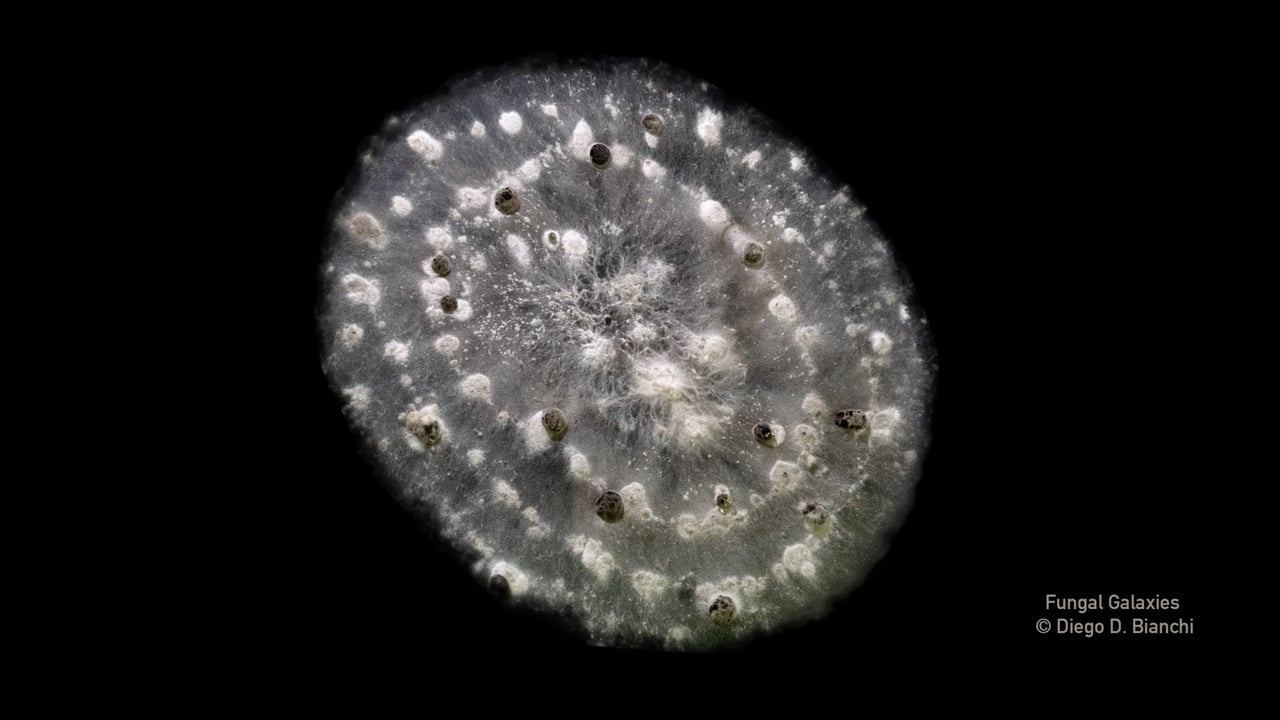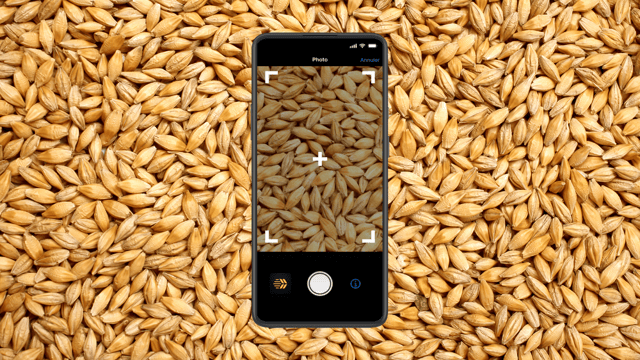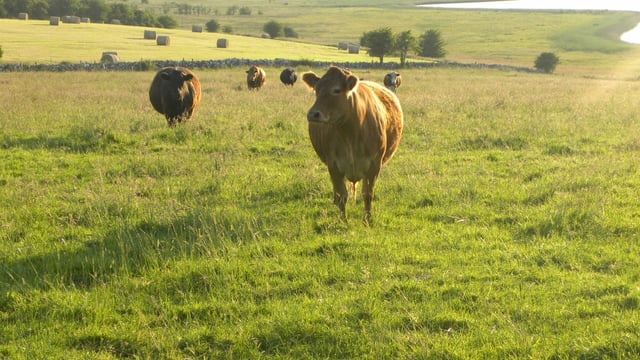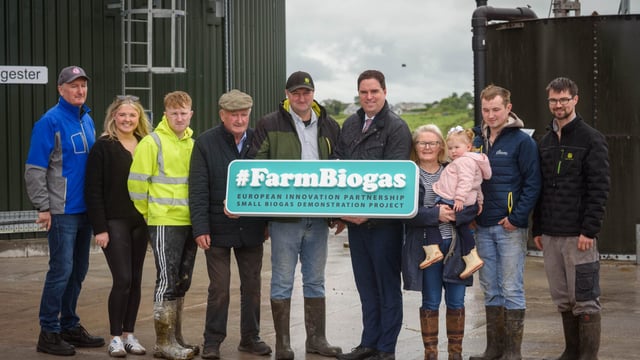Scientist shows beauty of agricultural fungi in new art project
A bioprospecting scientist from Trinity College Dublin, who specialises in agriculture-orientated fungi research, has launched an exhibition showcasing the organisms' "spectacular beauty".
'Fungal Galaxies' was designed and produced by PhD candidate in the School of Natural Sciences at Trinity College Dublin, Diego Bianchi, who has spent the last few years searching for new fungal strains that can be used as beneficial crop-aiding agents in agriculture.
This rare fusion of science and art, which has been accessible to the public since Tuesday, February 18, is intended to open eyes and minds to the world of fungi, which is largely invisible to the naked eye.
Bianchi said: "We believe only around 10 - 15% of fungi have so far been characterised, mainly because most do not grow under laboratory conditions.
"This project offers an exclusive manifesto of a mere smattering of the fungal biodiversity out there, while simultaneously unveiling the hidden beauty and complexity of filamentous fungi that live within plants, from the roots to the seeds.
“We know that many of these fungal species engage in symbiotic relationships with plants, helping them survive and thrive while profiting themselves from the unique ecological deals they have brokered, as both plants and fungi have evolved together," he continued.
Bianchi hopes that the work can be a tool to inspire awareness and engagement in ecosystem conservation, in particular in relation to the vital role that fungi plays in maintaining ecological balance.
“Crucially, we believe there are countless more species out there that have yet to be uncovered, but which could help crop productivity and potentially minimise the use of pesticides and fertilisers to help us live more sustainably,” he added.
In his work, which currently centres around barley, Bianchi isolated many different species of filamentous fungi from wild relatives of cereal crops, to explore their symbiotic properties and enhance plant growth and resilience against pathogens in commercial crops.
Bianchi screened the fungi for symbiotic properties in the lab and in glasshouse trials, assessing their impacts on barley growing in optimal and stressed conditions, such as limited access to water and nutrient deficits.
“Interesting preliminary results have come from additional work where we have tested mixtures of fungal compounds with strong antifungal activity against some common agricultural pathogens of barley in Ireland, particularly Ramularia collo-cygni," he said.
"We need to characterise these compounds now, and it’s super interesting to shift into the chemistry of what’s going on.
"Experiments like this, where naturally occurring compounds are employed, might develop so-called ‘biopesticides’, which are used in integrated crop management under reduced synthetic chemical inputs,” Bianchi said.
Having successfully isolated hundreds of fungal species with extremely diverse traits, Bianchi's passion for fungi evolved from their scientific applications to an artistic appreciation of their natural beauty as well.
This shift inspired him to create Fungal Galaxies to also showcase the purely aesthetic value of filamentous fungi.
The project celebrates the diversity of life on Earth and underlines how little we know about Mother Nature and how valuable some of her mysterious creations may be.





